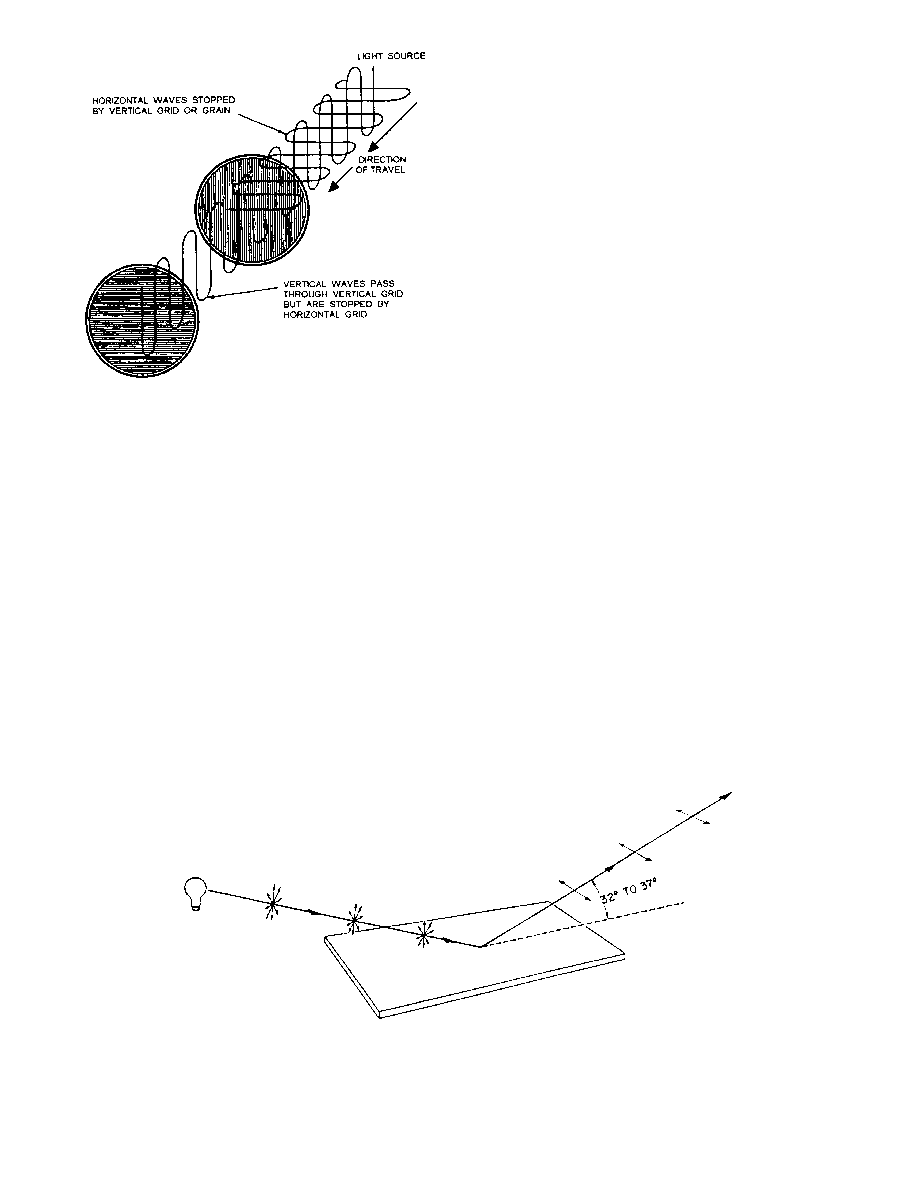
DOFMaster
for Windows
On-line
Depth of Field
Calculator
DOFMaster for Mobile Devices
On-line
Depth of Field
Table
Hyperfocal
Distance Chart
Articles
FAQ
Recommended
Books
Support
Contact
Links
Home
for Windows
On-line
Depth of Field
Calculator
DOFMaster for Mobile Devices
On-line
Depth of Field
Table
Hyperfocal
Distance Chart
Articles
FAQ
Recommended
Books
Support
Contact
Links
Home
As an Amazon Associate I earn from qualifying purchases.
![]()
end is held in your hand and given a shake, a wave
travels down the length of the line from the end that was
source acts as an oscillator. The wave motion in the line,
however, does not represent the true wave motion of
picture of light wave motion can be seen by having a
number of parallel lines with each one being shaken in
a different direction-one up and down, one sideways,
light waves strike a series of parallel microscopic slots,
polarizing filters, have a practical use in photography
manner that the light rays vibrate in a direction parallel
to the reflecting surface. Light reflected in this manner
is said to be plane polarized and is seen as glare (fig.
the slow film available at that time. Today, photographic
range of light sources have been developed for the needs
fluorescent lamps, and electronic flash.
they use the most. Naturally, sunlight is the only
practical light source for general outdoor photography.
Artificial light sources, however, can provide useful
(to make them lighter) and take the place of sunlight
entirely for photography of small areas and close-ups.
Sunlight is often referred to as daylight. The term
daylight, as used in photography, is meant to include all
Basic Photography Course

As an Amazon Associate I earn from qualifying purchases.
WWW.DOFMASTER.COM
© 2006 Don Fleming. All rights reserved.
© 2006 Don Fleming. All rights reserved.